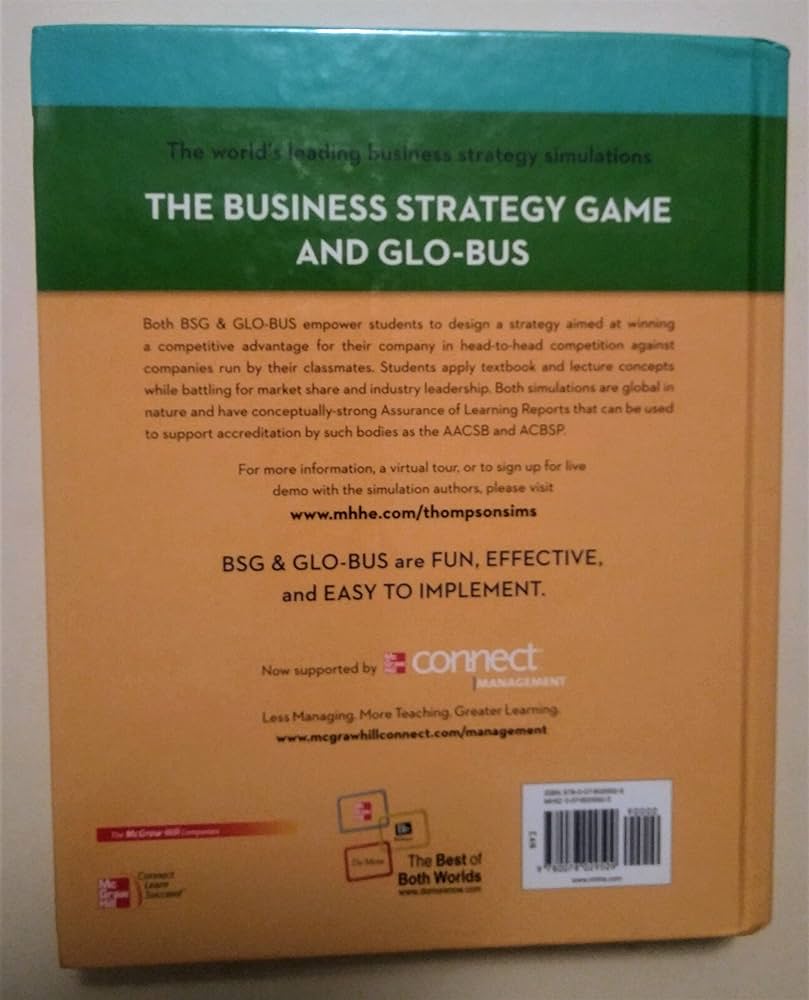Pragmatism in education is an approach that emphasizes practicality and real-world application of knowledge and skills. It focuses on problem-solving, critical thinking, and experiential learning.
Pragmatism encourages students to actively engage with their learning environment and connect concepts to real-life situations. This philosophy values the integration of theory and practice, with an emphasis on the value of learning by doing. By applying knowledge to relevant situations, students develop practical skills and understand the relevance of their education in their everyday lives.
In essence, pragmatism in education aims to prepare students for the challenges they will face in the real world by equipping them with practical skills and problem-solving abilities.
Why Pragmatism Matters In Education
The significance of practical learning in education cannot be overstated. The limitations of traditional theoretical approaches to education have become increasingly apparent. Students need more than just passive absorption of information from textbooks. They require hands-on, experiential learning opportunities that allow them to apply their knowledge in real-life situations.
Pragmatism in education emphasizes the importance of learning by doing. By engaging students in practical activities, such as experiments, simulations, and real-world projects, educators can foster critical thinking, problem-solving, and decision-making skills. This approach encourages active participation and self-reflection, enabling students to develop a deeper understanding of the subject matter.
Moreover, pragmatism in education addresses the needs and interests of individual learners. By tailoring the curriculum to their interests and strengths, students feel motivated and engaged, leading to enhanced learning outcomes. This student-centered approach also encourages collaboration and teamwork, preparing students for the realities of the modern workplace.
In conclusion, incorporating pragmatism in education is essential for meeting the evolving demands of the 21st century. By embracing practical learning experiences and addressing the limitations of traditional theoretical approaches, educators can empower students with the skills and knowledge they need to succeed.
Principles Of Pragmatism In Education
Pragmatism in education is a philosophy that emphasizes the integration of theory and practice to enhance the learning experience. This approach encourages educators to strike a delicate balance between theoretical knowledge and real-world application. By blending classroom instruction with hands-on experiences, students are given the opportunity to apply what they have learned in practical settings, enabling a deeper understanding of the subject matter.
Experiential learning is a key component of pragmatism in education. It involves immersing students in real-life situations where they can actively engage with the subject matter. This approach not only facilitates a deeper understanding of concepts but also enables students to develop crucial critical thinking skills. By analyzing and evaluating their experiences, students learn to think critically, solve problems, and make informed decisions.
Overall, pragmatism in education provides a framework that encourages educators to bridge the gap between theory and practice, fostering an environment where students can learn and apply their knowledge in meaningful ways.
Incorporating Pragmatism In The Classroom
htmlPragmatism in education emphasizes the importance of practical experience in the learning process. By utilizing real-world examples and case studies, educators can create a more engaging and relevant classroom environment. Students are given the opportunity to apply their knowledge and skills to authentic situations, allowing them to see the direct impact of their learning.
A hands-on approach to learning is a key aspect of incorporating pragmatism in the classroom. Hands-on activities and projects provide students with opportunities to actively participate in their education. This interactive approach fosters a deeper understanding of concepts and encourages critical thinking and problem-solving skills.
Pragmatism in education promotes the development of problem-solving and decision-making skills by encouraging students to analyze real-life scenarios and find solutions. Through practical experiences, students gain invaluable skills that they can apply in various aspects of their lives, both inside and outside the classroom.
Benefits Of Pragmatic Education
Benefits of Pragmatic Education
Pragmatic education offers numerous advantages in enhancing student engagement and motivation. By incorporating hands-on learning experiences and practical applications, students are encouraged to actively participate and take ownership of their learning. This approach fosters a deeper understanding of the subject matter, as it enables students to see the relevance and applicability of what they are learning. It helps them connect classroom knowledge to real-world situations, bridging the gap between the theoretical and practical aspects of education.
Moreover, pragmatic education also focuses on developing transferable skills that are essential for future success. Students gain problem-solving, critical thinking, and communication skills, which are highly valued in the professional world. They learn to adapt to different situations, think creatively, and collaborate effectively, preparing them to navigate the complexities of the modern workforce.
Overcoming Challenges In Implementing Pragmatic Education
Overcoming Challenges in Implementing Pragmatic Education
Implementing pragmatic education poses several challenges, particularly in addressing resistance from traditional educational frameworks. Traditional methods often prioritize theoretical knowledge and rote memorization, making it difficult to transition to a pragmatic approach that emphasizes practical skills and real-world applications.
To mitigate this resistance, it is crucial to incorporate assessment methods that reflect practical learning outcomes. Traditional methods like exams and quizzes may not adequately measure a student’s ability to apply knowledge. Instead, performance-based assessments, such as projects and hands-on activities, can better evaluate practical skills and problem-solving abilities.
Another challenge lies in providing professional development opportunities for educators. Many teachers are trained in traditional educational models and may require training to effectively implement a pragmatic approach. Offering workshops, seminars, and collaborative sessions can help teachers familiarize themselves with new pedagogical techniques, develop lesson plans, and share best practices.
Ultimately, overcoming these challenges requires a collective effort from educational institutions, administrators, teachers, and policymakers. By embracing pragmatic education and addressing the challenges head-on, we can equip students with the skills and knowledge needed to thrive in an ever-evolving world.
Success Stories: Pragmatic Education In Practice
Pragmatism in education emphasizes a practical and problem-solving approach to learning, fostering critical thinking and creativity among students. Numerous schools and institutions have successfully embraced this philosophy, transforming the way education is delivered.
One prime example is EdTech Elementary School, where traditional classroom setups have been replaced by collaborative spaces and interactive technology. Students engage in hands-on activities, simulations, and project-based learning, enhancing their understanding of real-world applications.
Similarly, Greenwood High School has implemented a curriculum that combines academic subjects with vocational training. This holistic approach equips students with specialized skills and prepares them for future careers.
Another innovative institution is Progressive Learning Academy, which offers personalized learning paths tailored to individual students’ needs and interests. By allowing students to take ownership of their education, the academy fosters self-motivation and a love for learning.
These examples demonstrate how pragmatism in education can lead to transformative results, inspiring other schools and institutions to embrace innovative teaching methods and curriculum designs.
The Future Of Pragmatic Education
The Future of Pragmatic Education
Exploring the potential of technology in supporting practical learning:
Education today is evolving rapidly, driven by the need to adapt to the changing needs of society and industries. Pragmatic education, which focuses on equipping students with practical skills and knowledge, is gaining significance. To keep pace with technological advancements, integrating technology into the learning process has become imperative. Technology offers numerous opportunities to foster practical learning, such as virtual simulations, interactive online platforms, and digital collaboration tools. This enables students to engage in hands-on experiences even outside the traditional classroom setting.
Moreover, collaboration with stakeholders is essential to shape the future of education. Educators, policymakers, industry leaders, and parents need to come together to identify the skills and competencies that will be valuable for students in the future. By involving all stakeholders, educational institutions can ensure that practical learning is aligned with the demands of the job market, nurturing students who are well-prepared for real-world challenges.

Credit: www.manufacturingleadershipcouncil.com
Conclusion
Pragmatism in education offers a practical and hands-on approach, allowing students to learn by doing. It emphasizes problem-solving, critical thinking, and the application of knowledge in real-world scenarios. By focusing on the practical aspects of learning, pragmatism ensures students develop skills that are relevant and applicable beyond the classroom.
Incorporating this philosophy into education can foster a more holistic and pragmatic approach to learning. Embracing pragmatism can effectively prepare students for success in an ever-evolving, dynamic world.







